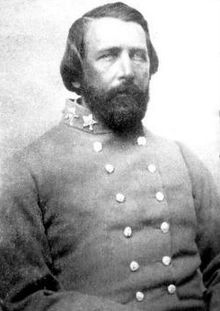
Gideon Johnson Pillow was a senior officer of the Confederate States Army in the Western Theater of the American Civil War. He previously served as a senior officer of United States Volunteers during the Mexican–American War.
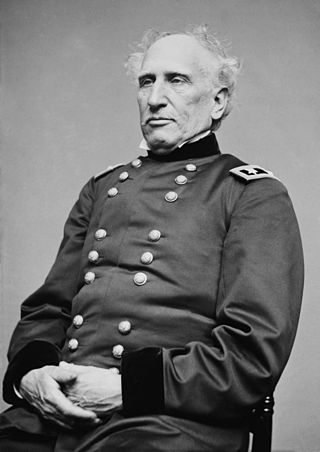
Silas Casey was a career United States Army officer who rose to the rank of major general during the American Civil War.

George Cadwalader was a general in the United States Army during the Mexican–American War and American Civil War.
John Garland was an American general in the Regular Army who had a long and distinguished career spanning fifty years of service during the War of 1812, Seminole Wars, Mexican–American War, Utah War and very briefly into the American Civil War.

Innis Newton Palmer was a career officer in the United States Army, serving in the Mexican–American War, the Civil War, and on the Western frontier.
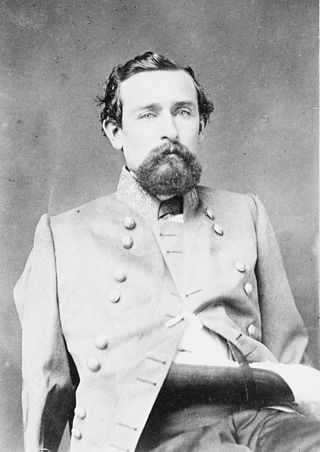
Laurence Simmons Baker was an officer in the United States Army on the frontier, then later a brigadier general in the Confederate States Army during the American Civil War. His first name was spelled Lawrence in the records of the Confederate War Department and the mistaken spelling has persisted.

Daniel Ruggles was a Brigadier General in the Confederate States Army during the American Civil War. He was a division commander at the Battle of Shiloh.

James Madison Robertson was a career United States Army artillery officer who commanded the First Brigade of U.S. Horse Artillery during the American Civil War.
The Breckinridge family is a family of public figures from the United States. The family has included six members of the United States House of Representatives, two United States Senators, a cabinet member, two ambassadors, one United States Vice President, and one unsuccessful candidate for United States President. Breckinridges have served as college presidents, prominent ministers, soldiers, and theologians and in important positions at state and local levels. The family was most notable in Kentucky and most prominent during the 19th century, during nearly one third of which a member of the family served in the United States Congress.

Arnold Elzey Jones Jr., known for much of his life simply as Arnold Elzey, was a soldier in both the United States Army and the Confederate Army, serving as a major general in the American Civil War. At First Manassas, he became one of the few officers ever to receive an on-the-field promotion to general by President Jefferson Davis. He commanded a brigade in Stonewall Jackson's Valley Campaign, and was badly wounded at Gaines Mill, ending his active field career.

Peter Augustus Porter was a lawyer, politician, and member of the Breckinridge family and a Union Army colonel in the American Civil War. He died in the Battle of Cold Harbor.

James Deshler was a career United States Army officer and a graduate of West Point who later joined the Confederate States Army. During the American Civil War he fought at Cheat Mountain, Camp Allegheny, Arkansas Post, and Chickamauga. He was appointed a Confederate brigadier general but died on the field of battle with his promotion remaining unconfirmed.
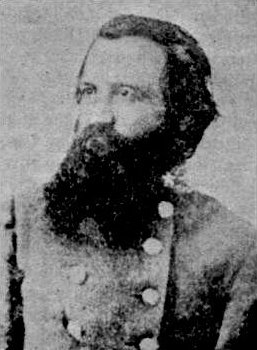
James Argyle Smith was a United States Army officer, and a graduate of West Point. He is known for being a Confederate brigadier general during the Civil War, his works in the educational system in Mississippi, and in the Bureau of Indian Affairs.
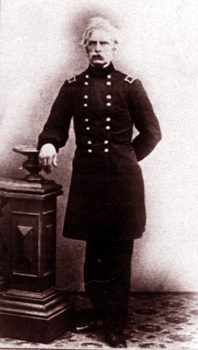
Harvey Brown was an American military officer who fought in the Black Hawk and Seminole Wars, the Mexican–American War and the American Civil War. He was also in command of military forces in New York City and later assisted in putting down the New York Draft Riots in 1863. His son Harvey E. Brown, Jr. also had a prominent military career as a surgeon and later historian of the U.S. Army Medical Department.
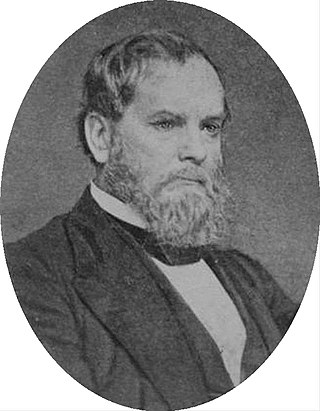
Adley Hogan Gladden was lieutenant colonel and second commander of the Palmetto Regiment of South Carolina volunteers during the Mexican–American War and a brigadier general in the Confederate States Army during the American Civil War. He impressed General Braxton Bragg after defending Pensacola from Union Army bombardment and after a brief assignment at Mobile, Alabama, he was brought to Corinth, Mississippi, to command a brigade in the Army of Mississippi. He was mortally wounded at the Battle of Shiloh.

Edmund Kirby was a United States Army artillery officer who was mortally wounded at the Battle of Chancellorsville.
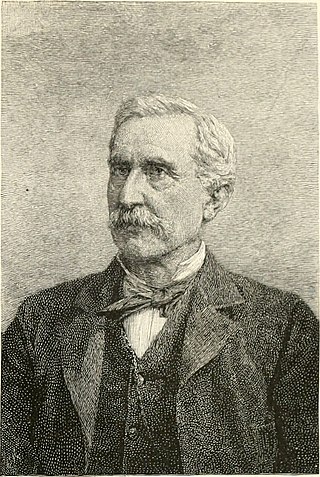
William Whann Mackall was a Seminole Wars veteran, Mexican–American War veteran and Confederate States Army brigadier general during the American Civil War. He was a United States Army officer for 24 years before he resigned his commission in order to join the Confederate Army. After the Civil War, he was a farmer in Fairfax County, Virginia.
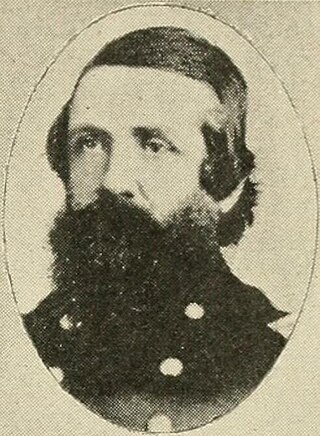
David Henry Williams was a railroad surveyor, civil engineer and writer in civilian life. He was a volunteer in the United States Army during the Mexican–American War and a volunteer Union Army colonel during the American Civil War. He was appointed colonel of the 82nd Pennsylvania Infantry Regiment on July 23, 1861. He was appointed a brigadier general in the Union Army on November 29, 1862, but his appointment expired on March 4, 1863, without being confirmed by the United States Senate. His actual highest rank remained colonel. After the expiration of his appointment in 1863, Williams resigned from the Union Army and returned to his career as a civil engineer and, after his health soon declined, a writer for newspapers and magazines.
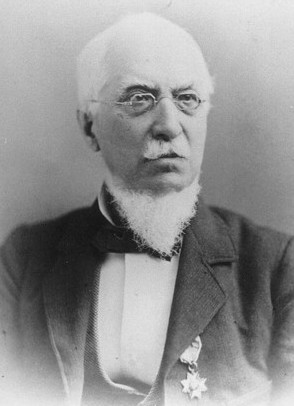
Albemarle Cady was a career United States Army officer who served in the Second Seminole War, Mexican–American War, First Sioux War and the American Civil War. During the Civil War, he was briefly lieutenant colonel of the 7th Infantry Regiment. He then served in administrative positions in the Department of the Pacific, including the District of Oregon. He received brevet appointments for his service in the Mexican–American War and the Civil War. He retired from the Regular Army as a colonel on May 18, 1864. On July 17, 1866, President Andrew Johnson nominated and on July 26, 1866, the United States Senate confirmed the appointment of Cady as a brevet brigadier general in the Regular Army, to rank from March 13, 1865.
William Reading Montgomery was a career United States Army officer who served in the Second Seminole War and Mexican–American War. He was a brigadier general in the Union Army from May 17, 1861, to April 4, 1864, during the American Civil War.
